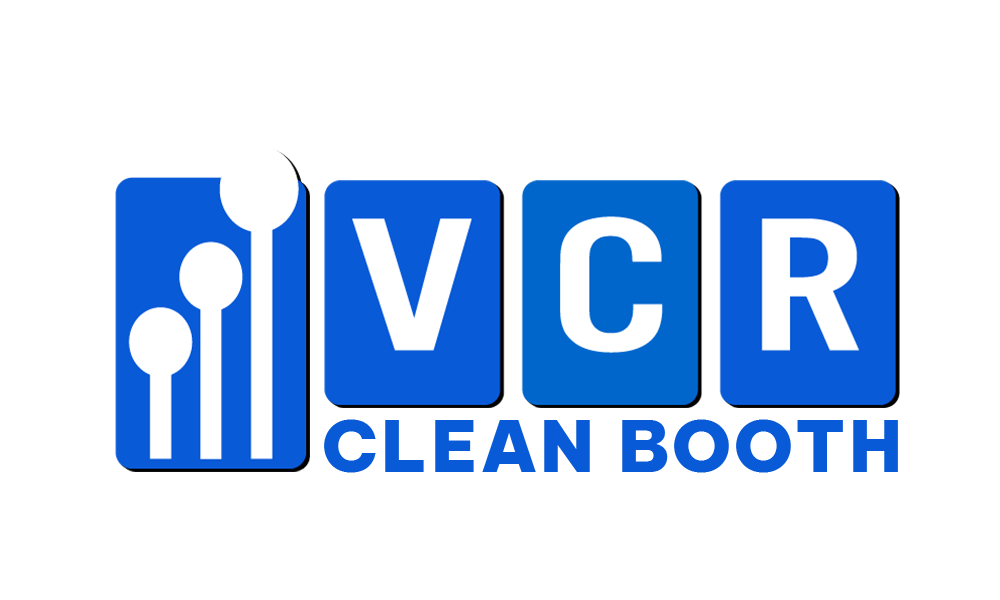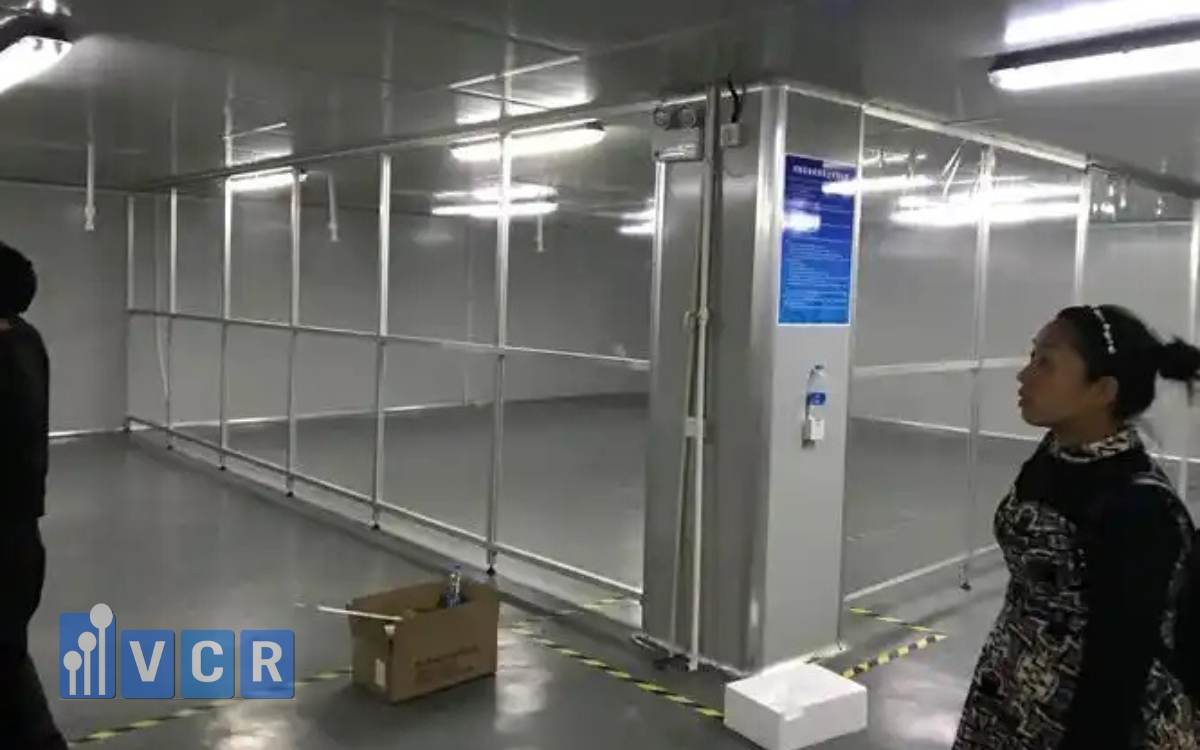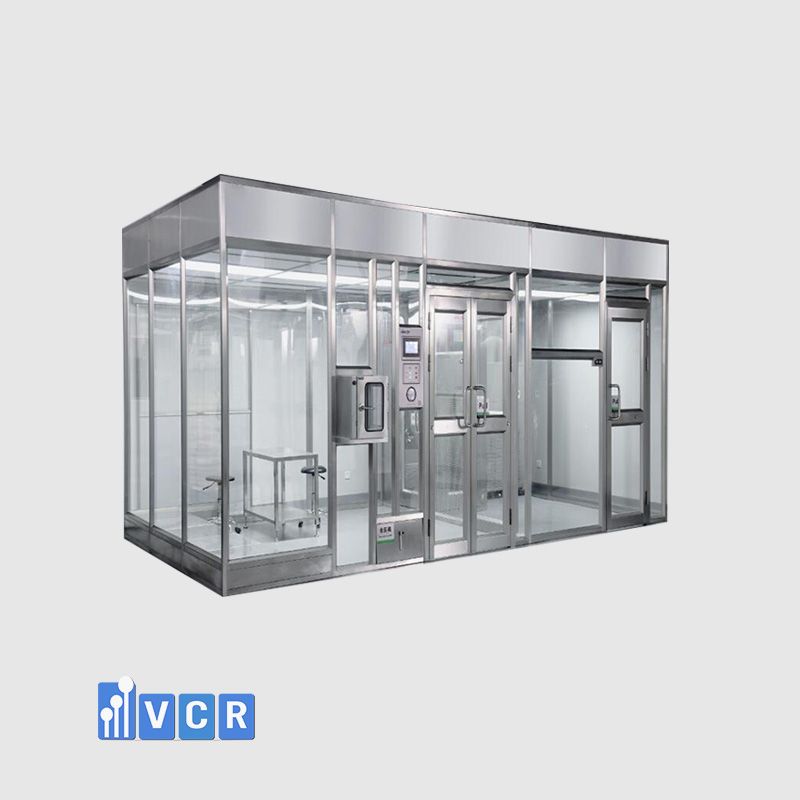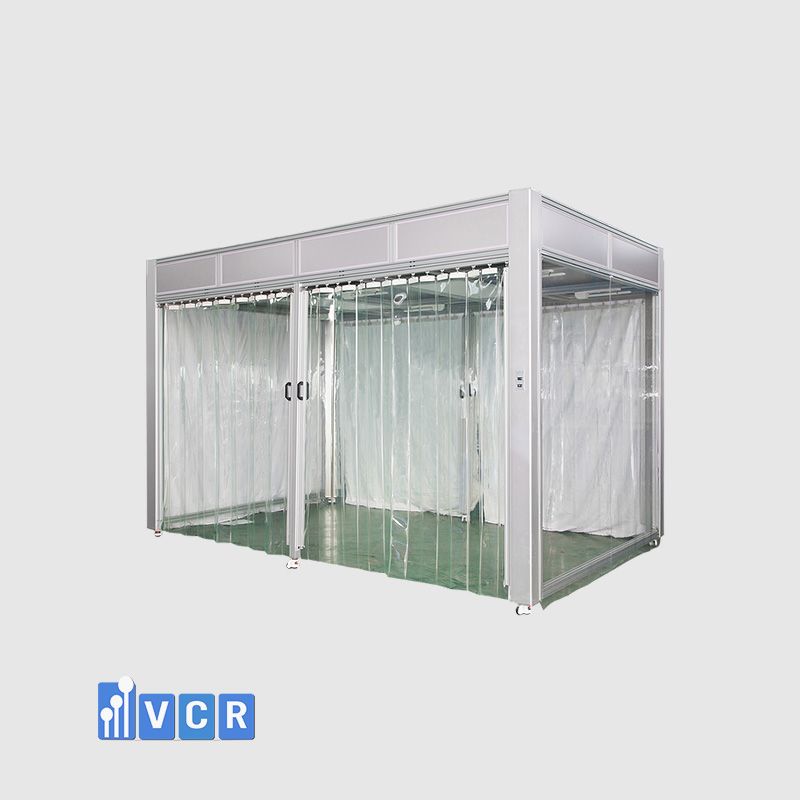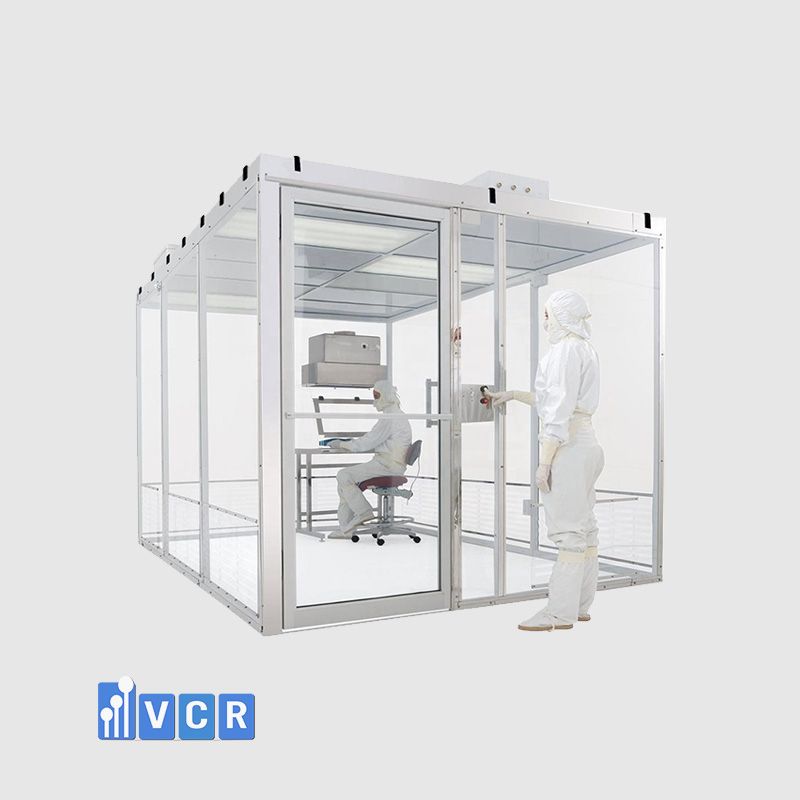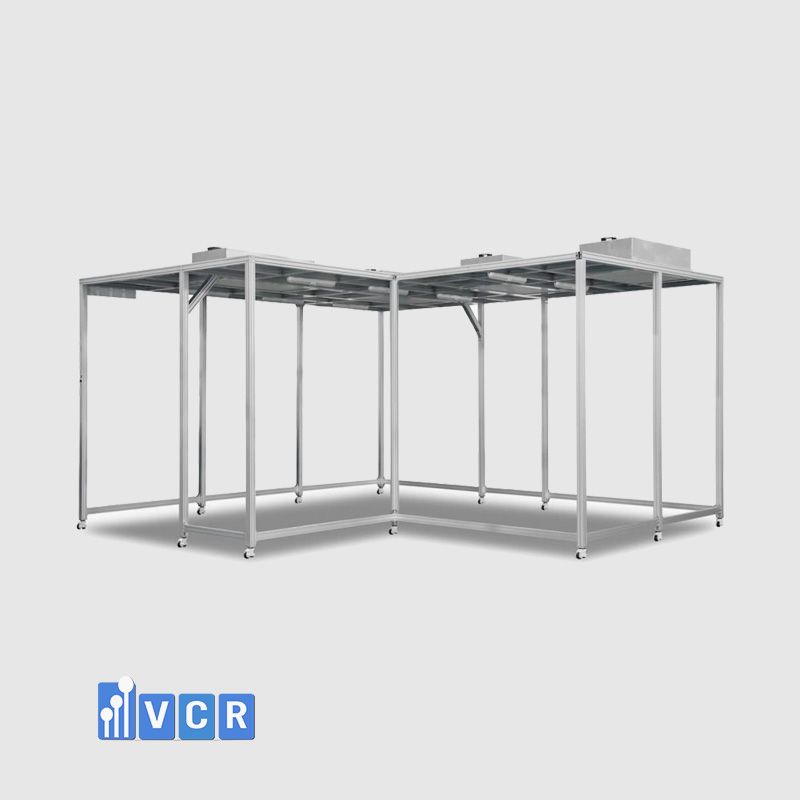Clean Booth (mobile clean room) is the optimal solution to create a hygienic working environment thanks to the air circulation filtration system and air flow control. With the ability to assemble quickly and move flexibly, Clean Booth is especially suitable for sensitive areas in food factories such as filling, packaging, and testing.
- 1. What is a Clean Booth? Its Role in Food Processing Plants
- 2. Common Applications of Clean Booths in the Food Industry
- 3. Key Technical Standards When Choosing a Clean Booth
- 4. Factors Affecting Clean Booth Pricing
- 5. Clean Booth Price List 2025 (Reference Only)
- 6. Recommendations Based on Factory Type
- 7. VCR’s Pricing, Support & Warranty Policies
- 8. Frequently Asked Questions (FAQs)
- 9. Contact for Quotation & Technical Consultation
1. What is a Clean Booth? Its Role in Food Processing Plants
A Clean Booth is a mobile cleanroom space designed to create a controlled, clean environment through a recirculating air filtration system and controlled airflow. Unlike fixed cleanrooms, Clean Booths are quick to assemble and flexible to relocate or reconfigure based on production needs.
In food processing plants—especially areas like filling, packaging, and product testing—Clean Booths play a crucial role by:
- Preventing cross-contamination between production stages
- Controlling fine dust, bacteria, and airborne particles
- Ensuring localized cleanliness that meets ISO 14644, HACCP, and GMP food standards
- Creating a standardized work zone for better quality control
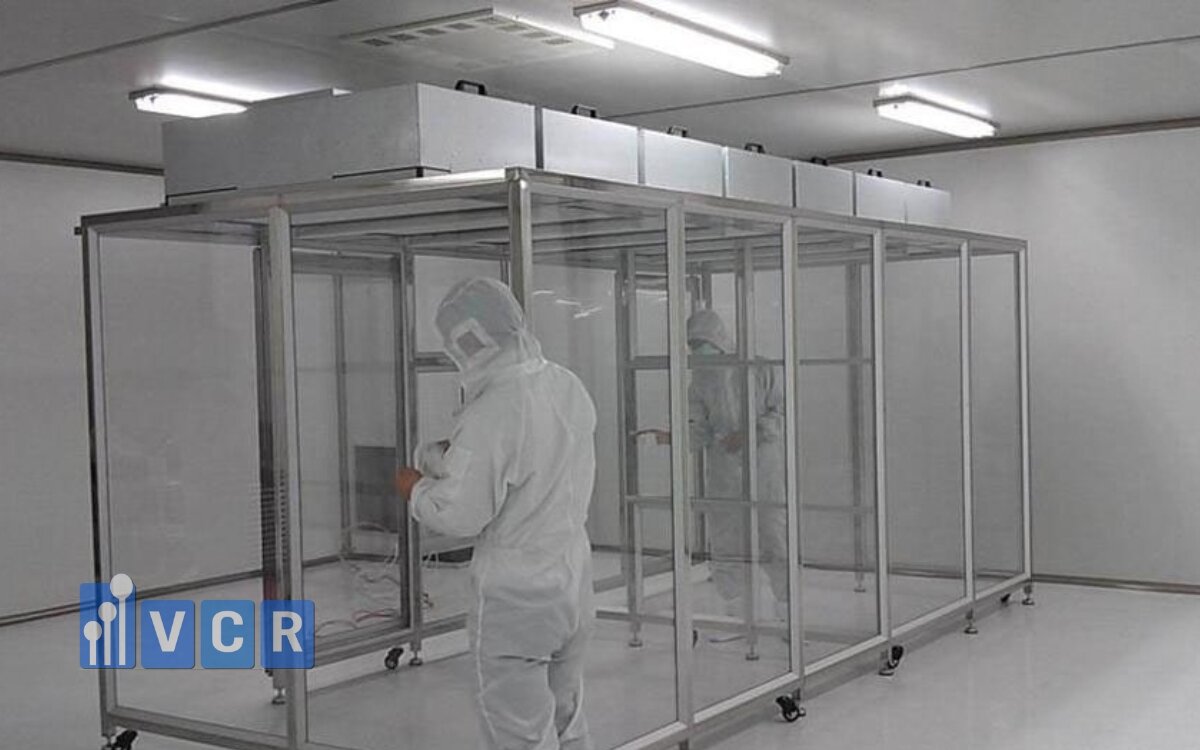
Why choose a Clean Booth over renovating the entire facility? With a lower investment cost than a traditional cleanroom and faster setup (usually within 7-10 working days), a Clean Booth is ideal for:
- Small and medium-sized enterprises needing a compliant clean area on a limited budget
- Food factories aiming to improve production without major disruptions
- Pilot projects or expanding production lines
2. Common Applications of Clean Booths in the Food Industry
Clean Booths offer localized air cleanliness and are widely used across critical zones in food plants where hygiene and microbiological safety are a priority:
- Filling and packaging areas: Block bacteria and dust from entering processed products; meet "clean zone" requirements per HACCP and GMP
- Weighing and sampling rooms: Prevent cross-contamination between raw materials with odors or fine powders; maintain positive pressure to prevent backflow of contaminants
- QC/Microbiological testing zones: Provide a clean environment for sampling and testing; optionally integrate biosafety cabinets or UV sterilization units
- Premium or organic production lines: Improve traceability and product quality; isolate sensitive processing from general production areas
3. Key Technical Standards When Choosing a Clean Booth
Selecting a Clean Booth involves more than size or cost—it must align with the hygiene and safety standards enforced in your plant. Key criteria include:
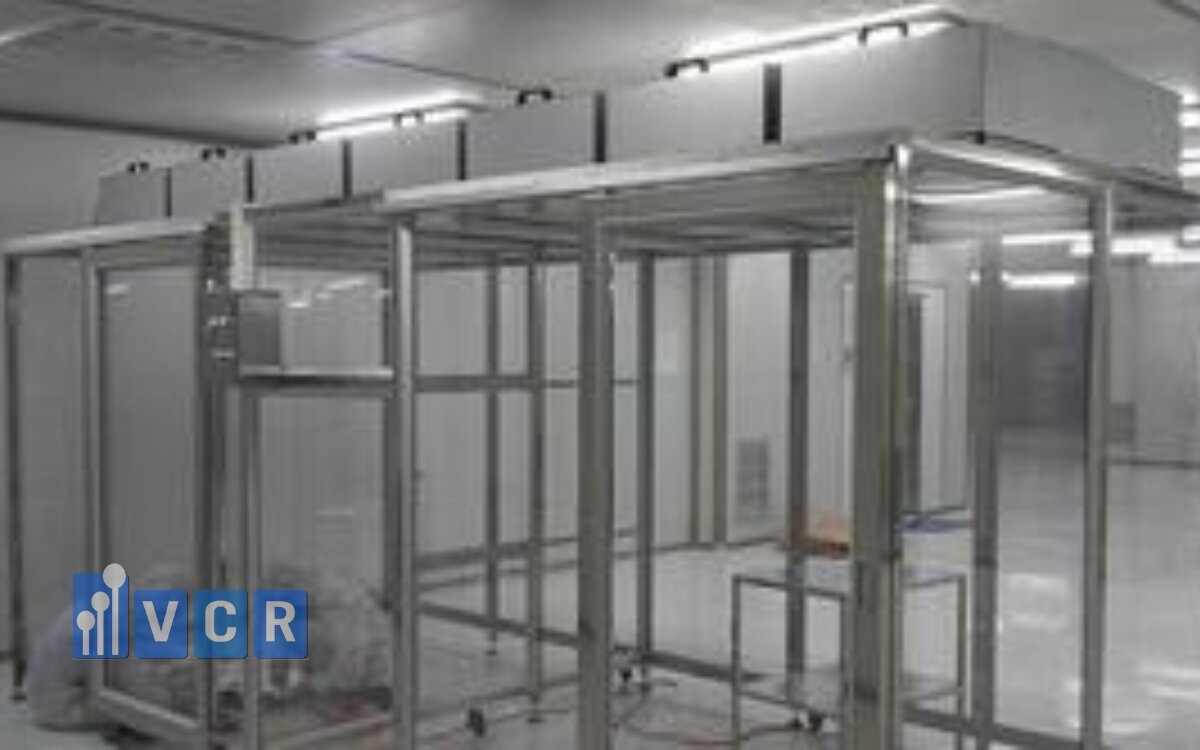
- ISO 14644-1 (Cleanliness Classification by Particle Count)
- Commonly used for classifying cleanliness levels
- Packaging and filling zones often require ISO Class 7-8
- Classification based on particle counts (≥0.5µm/m³)
|
ISO Class |
Max Particles ≥ 0.5µm/m³ |
Typical Application |
|
Class 8 |
3,520,000 |
Outer packaging areas |
|
Class 7 |
352,000 |
Filling, sealing, labeling |
|
Class 6 |
35,200 |
QC labs, sample weighing rooms |
- HACCP (Hazard Analysis and Critical Control Points)
-
- Clean Booths can serve as CCP zones for sensitive operations
- Materials used must be easy to clean, non-particle-shedding, and non-porous
- GMP for Food Production
- Ensure unidirectional airflow (laminar flow) and positive pressure
- Smooth, crevice-free surfaces to avoid contamination
- Ideal for integration into certified GMP quality systems
4. Factors Affecting Clean Booth Pricing
The cost of a Clean Booth varies based on technical and design parameters. Understanding these helps in accurate budgeting and avoiding over- or under-specification:
- Size and user capacity: Booths for 1-2 users are cheaper than those for 3-5 users
- Air filter type:
- HEPA H13: ≥99.95% efficiency, standard applications
- HEPA H14: ≥99.995% efficiency, used in sensitive zones
- FFU (Fan Filter Unit) quantity and type:
- Mini models may use 1 FFU; larger setups need 2-4
- Speed-adjustable FFUs available
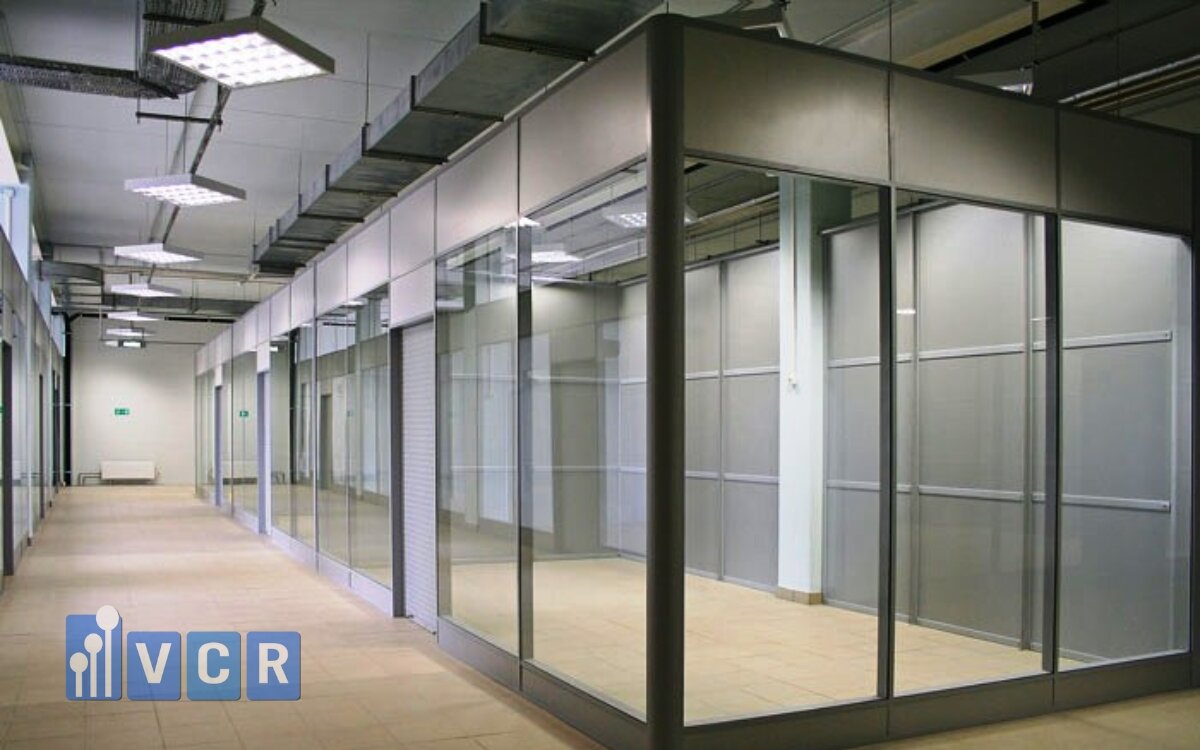
- Frame and panel materials:
- Stainless steel 304: durable, hygienic, premium cost
- Aluminum profile: lighter, lower cost
- Panels: PU, clear PC, anti-static mica options
- Additional equipment:
- LED lights (1-2 units), UV sterilizers, pressure sensors, variable-speed controls
- Sample pass boxes, sliding doors, mobile caster wheels
5. Clean Booth Price List 2025 (Reference Only)
|
Model |
Dimensions (LxWxH mm) |
FFU Qty |
Filter Type |
Estimated Price (VND) |
|
Mini Clean Booth |
1000 x 1000 x 2000 |
1 |
HEPA H13 |
45,000,000 - 55,000,000 |
|
Medium Clean Booth |
1500 x 2000 x 2200 |
2 |
HEPA H13 |
75,000,000 - 90,000,000 |
|
3-4 Person Clean Booth |
3000 x 2000 x 2200 |
3-4 |
HEPA H13/H14 |
120,000,000 - 160,000,000 |
|
Premium Inox-Frame Booth |
Customizable |
2-5 |
HEPA H14 |
140,000,000 - 200,000,000+ |
Prices exclude VAT and delivery/installation costs.
6. Recommendations Based on Factory Type
Each type of food manufacturing facility has unique requirements. Below are tailored Clean Booth configurations:
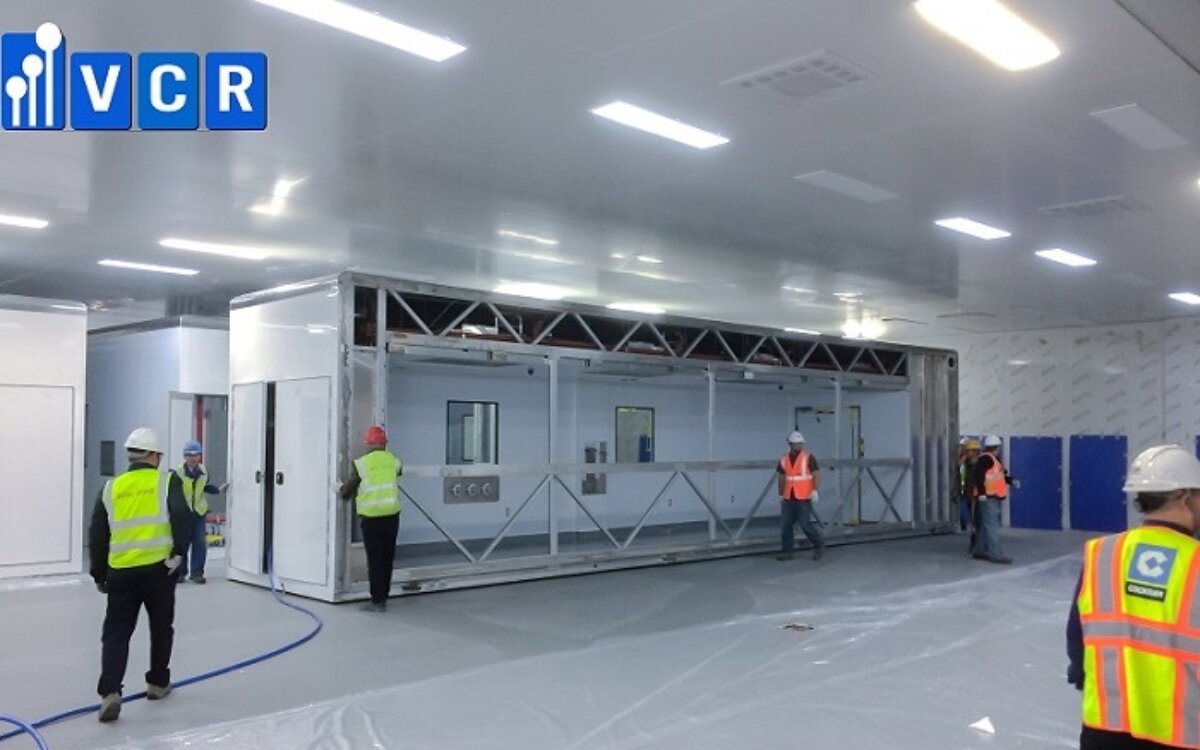
- Fresh Food Plants (Meat, Seafood)
- High humidity, microbial risk
- Stainless steel 304 frame, HEPA H14 filters + UV
- Easy-clean PC or mica panels, stable positive pressure
- Agricultural Processing (Dried Fruit, Seeds)
- Dust and microbial risk from raw inputs
- Aluminum frame, HEPA H13 FFUs
- PU or clear panel walls, optional PVC curtain for mobility
- Confectionery, Dairy, Spice Factories
- Volatile aroma compounds, moisture sensitivity
- HEPA H13 or H14, pressure sensors, variable FFUs
- Anti-static PC panels, integrated LED lighting and shelves
7. VCR’s Pricing, Support & Warranty Policies
- Flexible Quotations:
- Customized quotes with free draft layout and configuration
- Consultations focused on cost-efficiency and space-saving
- Installation & Support:
- Free site surveys in HCMC, Hanoi, nearby provinces
- Nationwide production & setup within 7-15 working days
- Experienced engineers for food, pharma, electronics sectors
- Warranty & After-sales:
- 12-18 month warranty for full system
- Filter replacement support as per ISO schedules
- Readily available parts: FFU, HEPA, UV, etc.
VCR provides not just products, but comprehensive Clean Booth solutions for HACCP, ISO 14644, and GMP compliance at optimal cost.
8. Frequently Asked Questions (FAQs)
Is a Clean Booth mandatory in food factories?
Not by law, but highly recommended for reducing contamination in filling/packaging zones and for certification readiness (HACCP, GMP).
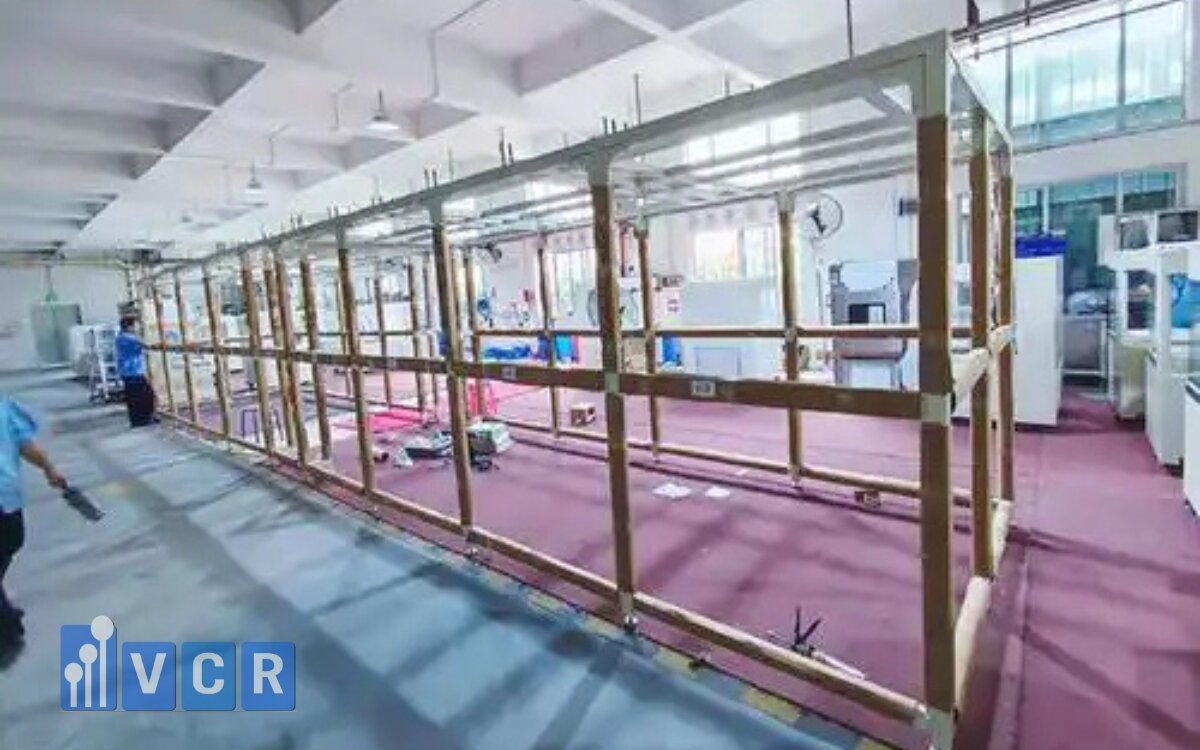
How long does installation take?
7-15 working days depending on model. Ready-stock items: 5-7 days.
Can it be upgraded later?
Yes. Modular design allows FFU, UV, sensor, panel upgrades.
Is periodic validation required?
Yes, for critical areas. ISO 14644 validation every 6-12 months is advisable.
Can wheels be added for mobility?
Yes, lockable caster wheels are available for small/medium booths.
9. Contact for Quotation & Technical Consultation
Looking for a high-performance, compliant, and budget-friendly Clean Booth?
Let our VCR engineers support you with:
- Configuration advice based on your production area
- Free draft drawings and quotations within 24h
- On-site survey and solution proposals
Contact Now:
Hotline: 090.123.9008
Email: [email protected]
Website: https://cleanbooth.vn/
Diep VCR


